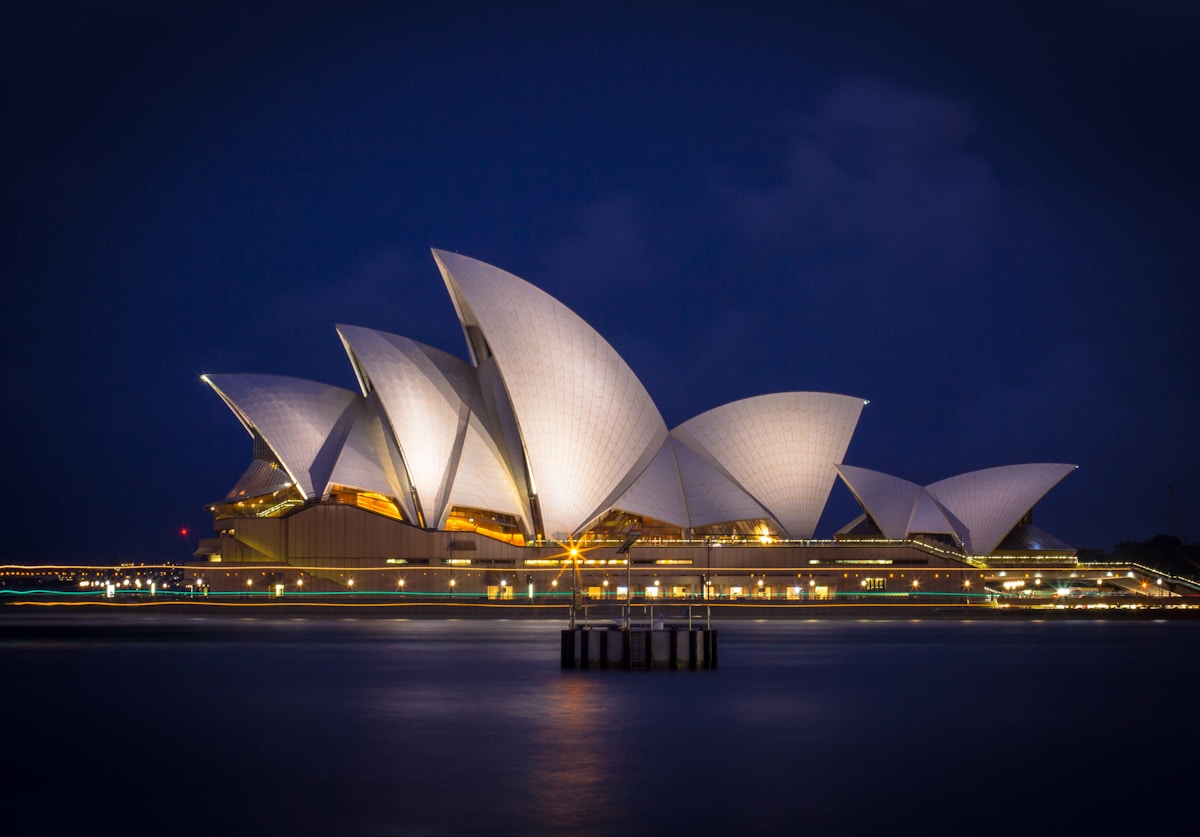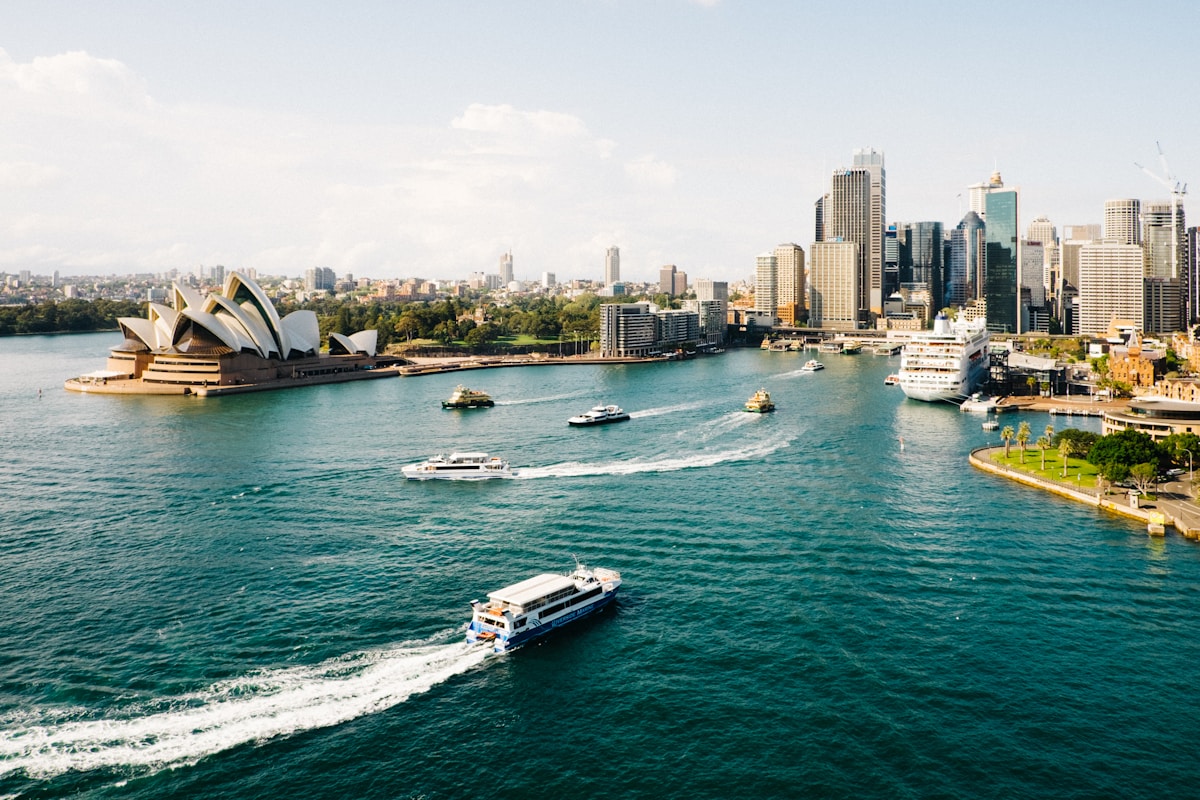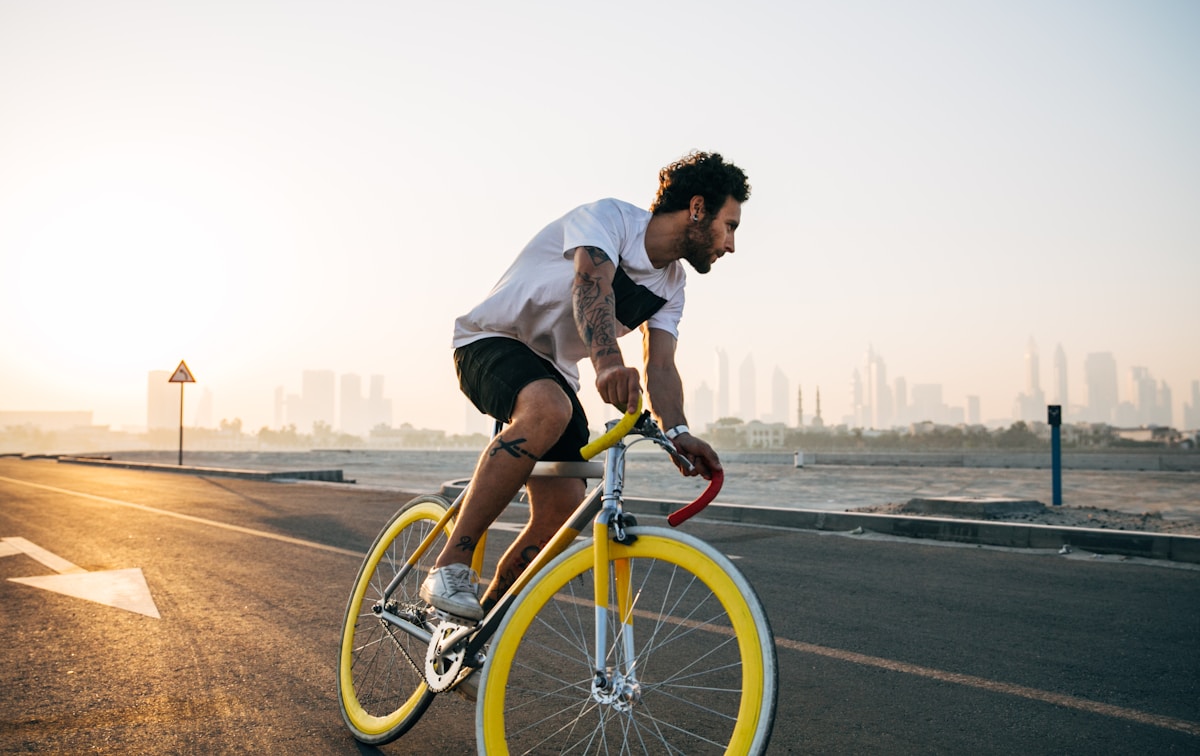Sydney Harbour: More Than Just a Pretty View
I've lived on Sydney Harbour for eight years now, and I still catch myself stopping mid-stride to stare at the water. Sydney Harbour isn't just scenery – it's the beating heart of this city, a 240-square-kilometer natural wonder that's been central to human life here for over 50,000 years.
Most tourists see the Opera House and Harbour Bridge and think they've 'done' the harbour. But mate, that's like going to Vietnam and only seeing the airport. Sydney Harbour has over 150 kilometers of shoreline, dozens of beaches, islands you can visit, Aboriginal rock art sites, and harbour walks that'll make you forget the city exists.
For Vietnamese visitors, Sydney Harbour might remind you of Ha Long Bay or Haiphong harbour, but the vibe is completely different. This is an urban working harbour – ferries, yachts, and commercial vessels all sharing the same water, with million-dollar homes perched on every hillside with a view.
The Aboriginal Name: Warrane
Before I dive into the tourist stuff, let's get this straight: Sydney Harbour's traditional name is Warrane, and it's been home to the Gadigal and Wangal peoples of the Eora Nation for over 50,000 years. That's not ancient history – it's ongoing.
The Gadigal people had an intimate relationship with this harbour. They fished from bark canoes, harvested oysters from the rocks, and knew every current, every tide, every season. Rock art sites around the harbour show whale hunting, ceremonies, and daily life. Some of these sites are still accessible today, though you need to show proper respect.
I remember the first time a Gadigal elder explained to me that the harbour wasn't just water – it was a highway, a food source, a spiritual place, and a meeting ground all at once. That completely changed how I see it. When you're on a ferry crossing the harbour, you're traveling the same route Indigenous peoples took for thousands of years.
Acknowledging Country
These days, most official events in Sydney start with an Acknowledgment of Country. It goes something like: 'We acknowledge the Gadigal people of the Eora Nation, the traditional custodians of this land, and pay our respects to Elders past, present, and emerging.' It's not just words – it's recognition of the continuous connection Aboriginal people have to this place.
For Vietnamese visitors, this might be a new concept. Australia's working through a complex history of colonization and reconciliation. Understanding this Aboriginal connection to Warrane adds depth to your harbour experience that you won't get from just taking selfies with the Opera House.
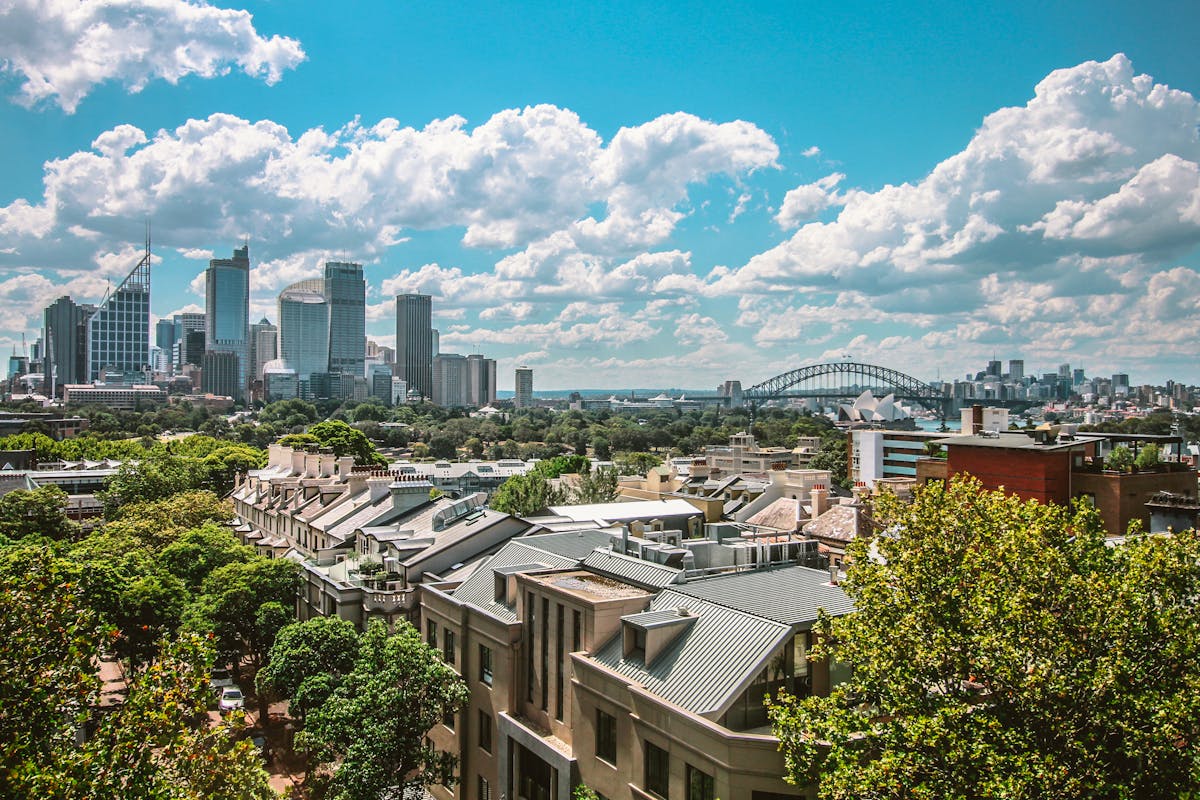
Harbour Geography: Understanding the Layout
Sydney Harbour is technically a drowned river valley (geologists call it a 'ria'), formed when sea levels rose after the last ice age. The result is this incredibly complex waterway with hundreds of bays, coves, and inlets.
The Harbour Heads
The entrance to the harbour is marked by North Head and South Head – two sandstone headlands that guard the opening to the Pacific Ocean. This narrow entrance is why Sydney Harbour became such an important port – it's a massive protected harbour with a defendable entrance.
From South Head (part of Watsons Bay), you can see ships entering and leaving the harbour. I've spent hours up there watching container ships, cruise liners, and yachts navigating the entrance. On a rough day, you'll see waves breaking over the heads – it can be genuinely wild.
North Shore vs South Shore
Sydney Harbour divides the city into two distinct sides:
North Shore: Generally more affluent, leafy suburbs, calmer harbour beaches. Areas like Mosman, Cremorne, and Manly have that relaxed, wealthy vibe. Homes here cost an absolute fortune – think multi-million dollar properties with harbour views.
South Shore: More urban, closer to the CBD, includes the iconic Eastern Suburbs beaches. The south side has more tourist infrastructure, museums, and the Opera House. Generally a bit grittier and more diverse.
Locals joke about a 'bridge rivalry' between north and south. North Shore people reckon they live in the best part of Sydney (quieter, prettier). South side people think the north is boring and too far from everything. Both sides are right in their own way.
Eastern Harbour vs Western Harbour
The eastern harbour (from the Heads to the Harbour Bridge) is what tourists see – the Opera House, Circular Quay, all the famous stuff. It's spectacular but also the most developed and crowded.
The western harbour (beyond the Harbour Bridge) is where locals go. Quieter bays, better swimming beaches, more parkland. Places like Balmoral, Parsley Bay, and Lane Cove River are absolute gems that most tourists completely miss.
Iconic Sydney Harbour Landmarks
Sydney Opera House
Alright, you can't talk about Sydney Harbour without mentioning the Opera House. Designed by Danish architect Jørn Utzon and opened in 1973, it's one of the most recognizable buildings on Earth. Those white 'sails' are actually covered in over a million Swedish-made tiles that self-clean in the rain.
Here's the local take: yes, it's stunning. Yes, you should see it. But actually going inside for a performance is the real experience. I've seen opera, ballet, theatre, and concerts there – the acoustics in the Concert Hall are genuinely world-class. Tickets aren't crazy expensive either – you can get decent seats for $60-80.
Best views of the Opera House? Not from Circular Quay where everyone crowds. Walk around to Mrs Macquarie's Point at sunrise, or catch it from the Manly ferry. The Opera House looks completely different from different angles and at different times of day.
Sydney Harbour Bridge: The Coat Hanger
Locals call it 'The Coat Hanger' because, well, it looks like one. Built during the Great Depression (opened 1932), the bridge is an engineering marvel – it's the world's largest steel arch bridge, and it took 1,400 workers eight years to build. Sixteen workers died during construction.
You've got three ways to experience the bridge:
Walk across it (free): The eastern footpath is open to pedestrians. Takes about 30 minutes, great views, costs nothing. I walk it regularly – best at sunset or early morning before the heat kicks in.
Cycle across it: Western side is for cyclists. If you're comfortable on a bike, this is brilliant. You can rent bikes near Circular Quay.
BridgeClimb ($$$): The famous climb to the top of the arch. Costs $250-400 depending on time/type of climb. I've done it once – incredible views, but bloody expensive. Only do it if you've got the budget and really want to tick it off.
For Vietnamese visitors on a budget, the walk is just as good for photos and costs nothing.
Circular Quay: The Transport Hub
Circular Quay is where everything connects – trains, buses, ferries. It's also tourist central, which means it's crowded, slightly overpriced, and full of street performers. But it's also genuinely the beating heart of harbour transport.
I catch ferries from here constantly. The ferry wharves have brilliant people-watching – you'll see city workers commuting from the North Shore, tourists figuring out where to go, and buskers playing everything from didgeridoos to classical violin.
Tip: The cafes right at Circular Quay are tourist traps (expensive, average quality). Walk five minutes in any direction and you'll find better food for half the price.
The Rocks: Historic Sydney
The Rocks is Sydney's oldest neighborhood – where the First Fleet landed in 1788 and established the colony. It's been gentrified now (cafes, galleries, weekend markets), but you can still see the old sandstone buildings and cobblestone laneways.
I love The Rocks at night. There are some excellent pubs with harbour views – the Hero of Waterloo (built 1843) and the Lord Nelson Brewery (Australia's oldest pub hotel, 1841). The Rocks Markets on weekends are touristy but good for souvenirs.
The Rocks Discovery Museum is free and gives excellent context on Aboriginal history and early colonial Sydney. Worth an hour if you're interested in history.
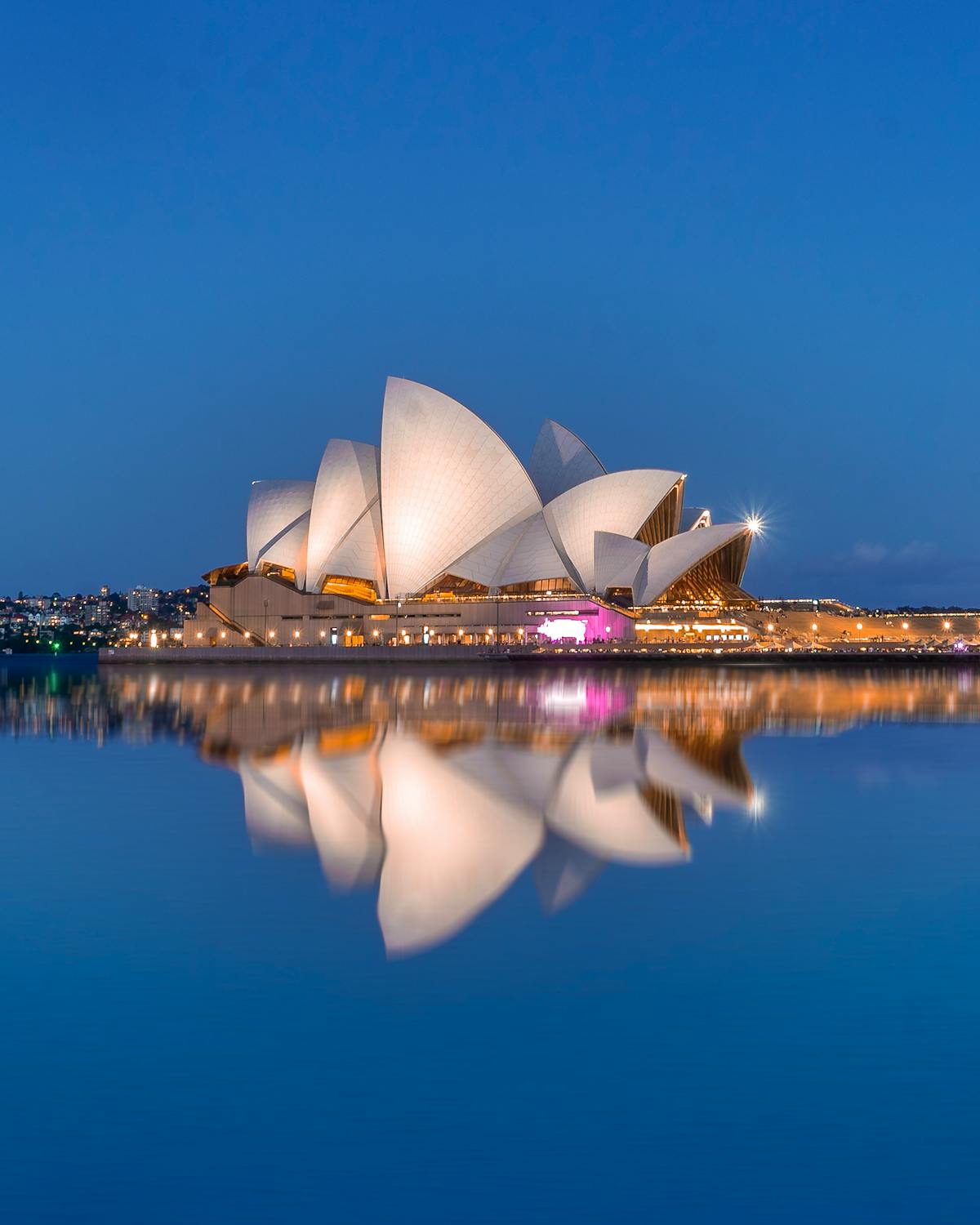
Ferry Culture: Sydney's Best Commute
Sydney ferries aren't just transport – they're a way of life. We've got the largest urban ferry system in Australia, and catching a ferry is genuinely one of the best things you can do in Sydney.
The Manly Ferry: The Best $8 You'll Spend in Sydney
The Manly ferry is iconic. It's a 30-minute journey from Circular Quay to Manly, and you'll cruise past the Opera House, under the Harbour Bridge, past harbour mansions, through the Heads, and into the Pacific Ocean before landing at Manly.
I've done this ferry hundreds of times, and it never gets old. Tourists sit inside taking photos. Locals stand on the back deck feeling the spray and wind. In summer, dolphins sometimes surf the ferry's wake. In winter (May-November), you might spot humpback whales migrating.
Cost: $8.05 with an Opal card (Sydney's transport card). Absolute bargain for one of the world's great ferry rides.
Pro tips:
• Sit on the right side heading to Manly for Opera House views
• Stand on the back deck for the proper experience
• Catch it at sunset for incredible light
• Weekday mornings are full of commuters – you'll feel like a local
For Vietnamese visitors, the Manly ferry is similar to Ha Long Bay boats but way faster and it's actual public transport, not a tourist cruise. You're mixing with locals going about their daily business.
Other Ferry Routes Worth Taking
Taronga Zoo ferry: Gets you to Taronga Zoo with amazing harbour views along the way. The zoo itself has incredible views back over the harbour to the Opera House.
Watsons Bay ferry: Takes you to Watsons Bay (South Head), where you can walk to the Gap lookout, have fish and chips at Doyles, and swim at Camp Cove beach.
Parramatta River ferries: These go west into Parramatta River, showing you suburban Sydney and quieter parts of the harbour. Less touristy, more authentic.
Cockatoo Island ferry: Former convict prison and shipyard, now a UNESCO World Heritage site. You can tour the island, camp overnight, or just explore the industrial ruins.
Ferry vs Harbour Cruises
Tourist harbour cruises cost $40-150 and basically show you the same stuff you can see on the regular ferries for $8. The only difference is commentary (which you can get from free apps or guides) and maybe a meal (which is usually overpriced cruise food).
My recommendation: Skip the expensive cruises. Just take the Manly ferry out and back, maybe catch a different ferry route home. You'll save $30-140 and get a more authentic experience riding with locals.
Best Harbour Walks
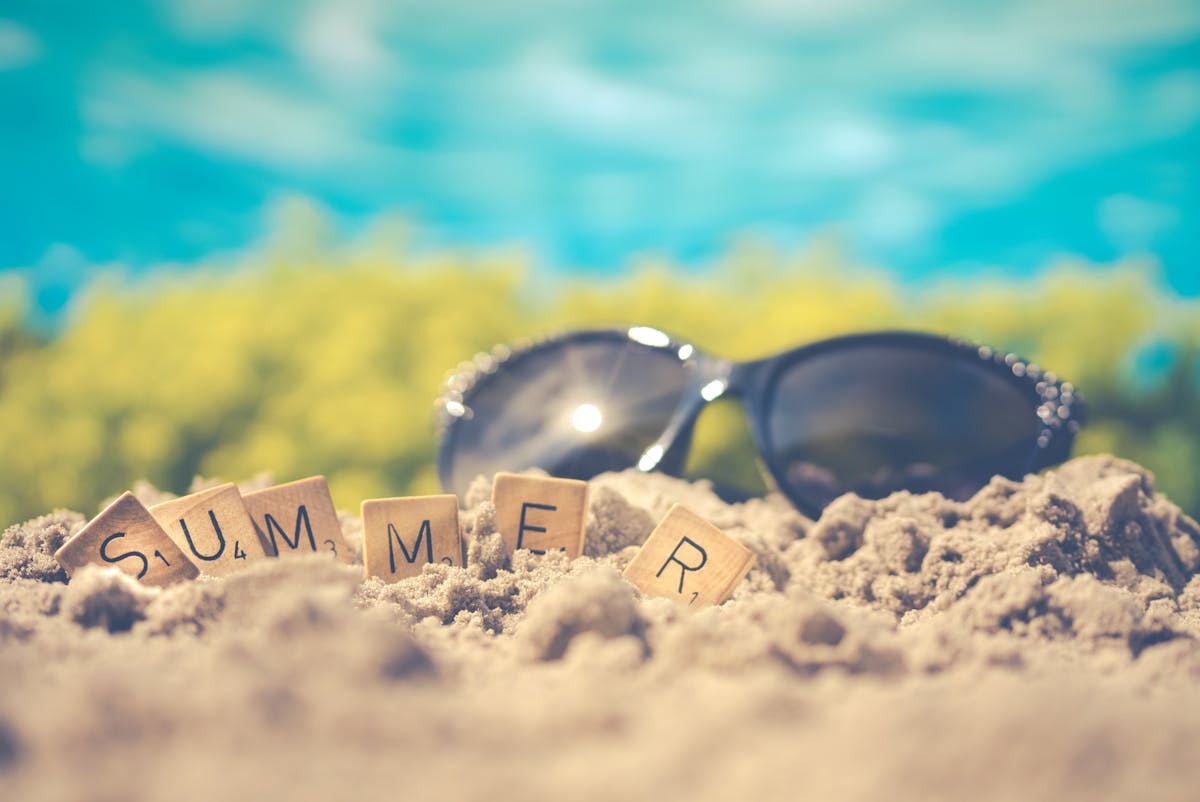
Circular Quay to Opera House to Royal Botanic Gardens
The easiest and most popular harbour walk. Start at Circular Quay, walk around to the Opera House (10 mins), then continue through the Royal Botanic Gardens to Mrs Macquarie's Point (another 20 mins). At Mrs Macquarie's Chair, you'll get that classic photo of the Opera House and Bridge together.
This walk is flat, paved, fully accessible, and perfect for all fitness levels. Do it at sunrise for incredible light and no crowds. I run this route three mornings a week – it never gets old.
The Rocks to Barangaroo
Newer walk along the western side of the harbour. Barangaroo is a recently developed area with parks, restaurants, and harbour foreshore. The walk from The Rocks takes about 30 minutes and shows you both historic and modern Sydney.
Barangaroo Reserve has 75,000 native plants and is designed to look like the pre-colonial shoreline. It's genuinely beautiful and a nice contrast to the developed parts of the harbour.
Hermitage Foreshore Track (Nielson Park to Rose Bay)
This is my favorite harbour walk that tourists don't know about. It's a 2km track through bushland on the South Head peninsula, with constant harbour views. You'll pass secluded beaches, Aboriginal middens, and WWII fortifications.
Start at Nielson Park (Shark Beach – yes, that's its real name), walk to Hermit Bay, then continue to Rose Bay. The track is mostly flat but has some stairs. Takes about 1-1.5 hours leisurely.
What I love about this walk: it feels like proper Australian bushland, but you're 5km from the CBD. You'll see kookaburras, lizards, and maybe even echidnas. The harbour views are spectacular, and there are multiple swimming spots along the way.
Manly to Spit Bridge (10km)
This is the big one. A 10km harbour walk from Manly to Spit Bridge, mostly through bushland with constant harbour views. It takes 3-4 hours and requires decent fitness (lots of stairs and hills).
I do this walk every few months. It shows you Sydney Harbour as it might have looked before European settlement – native bush, hidden beaches, rocky outcrops. You'll pass through Dobroyd Head, Grotto Point, and Clontarf. The lighthouse at Grotto Point is a highlight.
Take water, snacks, sun protection, and wear proper walking shoes. You can catch a bus back from Spit Bridge to Manly or into the city.
Sydney Harbour Islands
Most tourists don't realize you can actually visit islands in Sydney Harbour:
Cockatoo Island: Biggest harbour island, former shipyard and convict prison. Now open to the public with tours, camping, and events. Free to visit (just pay ferry). I've camped here overnight – surreal experience being on an island in the middle of Sydney.
Fort Denison: Small island with a Martello tower from 1857. Tours available (need to book). Used to be called 'Pinchgut Island' because convicts were punished here with minimal rations.
Shark Island: Beautiful picnic spot with 360-degree harbour views. You need a permit to visit ($7pp) but it's worth it. No sharks, by the way – just named for its shape.
Goat Island: Near Balmoral, only accessible on guided tours. Former gunpowder magazine and water police base. Now a heritage site.
Best Harbour Viewpoints for Photography
After years of photographing this harbour, here are the absolute best spots:
Mrs Macquarie's Point: Classic view of Opera House and Bridge together. Best at sunrise (6-7am) with the light hitting the Opera House from the east. Gets crowded by 9am.
Observatory Hill: Behind The Rocks, this park offers elevated views over the Harbour Bridge. Best at sunset. Less crowded than Mrs Macquarie's Point.
North Head: Out at Manly, North Head gives you views back toward the city and Opera House from distance. On clear days, you can see the entire harbour. Also good for whale watching (May-November).
Harbour Bridge Pylon Lookout: Southeast pylon of the bridge has a lookout ($19 entry). Gives you bridge-level views without paying for the BridgeClimb. 200 steps to climb but worth it.
Blues Point Reserve: North Shore viewpoint with direct view of Bridge and Opera House. Popular at sunset and on New Year's Eve (for fireworks). Small park, gets crowded.
Bradleys Head: Near Taronga Zoo, this headland offers unique views and has a historic mast from HMAS Sydney. Less touristy, proper bushland feel.
Harbour Beaches
Sydney Harbour has over 50 swimming beaches. These harbour beaches are completely different from the ocean beaches – no waves, usually calmer, often netted against jellyfish.
Balmoral Beach: My favorite harbour beach. Netted swimming area, cafes, playground, generally calm water. Families love it. Water's usually crystal clear.
Camp Cove: Near Watsons Bay, small beach with history (where Phillip landed in 1788). Good for families, not much surf. Can get crowded in summer.
Parsley Bay: Cute netted harbour beach with a suspension bridge over the bay. Great for young kids – very protected. Also has a walking track through bushland.
Nielson Park (Shark Beach): Historic beach with netted swimming area. Don't worry about the name – the nets keep sharks out. Beautiful spot with heritage buildings nearby.
Chinamans Beach: Mosman harbour beach that's relatively unknown. Calm water, good facilities, less crowded than Balmoral.
For families with young kids, harbour beaches are often better than ocean beaches – no waves, no rips, usually netted. Just watch for jellyfish in summer (November-March).
Comparing Sydney Harbour to Vietnamese Harbours
Having spent time in Haiphong and Ha Long Bay, I can tell you the experiences are quite different:
Ha Long Bay: Tourism focused, dramatic karst limestone formations, overnight junk boat tours. Spectacular scenery but it's clearly a 'destination' you visit.
Sydney Harbour: Active working harbour, urban setting, part of daily life. You don't 'visit' the harbour – you live with it, commute on it, swim in it.
Haiphong Harbour: Industrial port city, working harbour, less scenic. Similar to Sydney in being a working port, but Sydney's managed to keep the harbour accessible and beautiful despite development.
What surprises Vietnamese visitors is how integrated the harbour is into daily Sydney life. Thousands of people commute by ferry daily. We swim in harbour beaches. We run and walk along harbour foreshore. It's not a tourist attraction – it's just where we live.
Harbour Safety & Swimming
Harbour swimming is generally safer than ocean swimming (no big waves or rips), but there are things to know:
Jellyfish: Summer (November-March) brings bluebottles and other jellyfish. Many harbour beaches have nets to keep them out. If stung, use hot water (not cold) for treatment.
Sharks: Very rare but not impossible. Harbour has bull sharks occasionally. Netted beaches are safe. Don't swim at dusk/dawn or after heavy rain.
Water quality: Generally excellent, but after heavy rain, stormwater runoff can affect water quality. Check BeachWatch website before swimming.
Boat traffic: Be aware of ferries, boats, and kayaks. Don't swim in ferry routes or main channels. Stick to designated swimming areas.
Currents and tides: Harbour has tides and currents. Some areas have strong currents, especially near the Heads. Check conditions before swimming.
Harbour Events & Activities
New Year's Eve: Sydney's NYE fireworks over the harbour are world-famous. The harbour fills with boats, and over a million people crowd the foreshore. I've stopped going – it's chaos, but if you want to experience it once, get to a foreshore spot by 2pm or pay for a vantage point.
Australia Day (January 26): Ferries are free, tall ships sail the harbour, and there's a general celebratory atmosphere. Controversial date (marks colonization for Aboriginal people), but still a major harbour event.
Sydney to Hobart Yacht Race (December 26): Huge yacht race starts in the harbour on Boxing Day. Spectacular to watch – dozens of racing yachts heading out through the Heads.
Vivid Sydney (May-June): Winter light festival. Opera House and Harbour Bridge are lit up with projections. Very popular – over 2 million visitors. The harbour looks absolutely magical at night.
Ferrython (Australia Day): Ferry race on Australia Day. All the ferries race from the Heads to Shark Island. Silly but fun to watch.
Practical Tips
Opal Card: Get one. It's Sydney's transport card and works on ferries, trains, and buses. Available at newsagents or use contactless payment. Sunday ferry travel capped at $2.80 – ridiculously cheap.
Best value harbour experience: Manly ferry return trip ($16.10 total) beats any expensive cruise.
Avoid tourist traps: Circular Quay cafes are overpriced. Walk to The Rocks or Barangaroo for better options.
Free stuff: Royal Botanic Gardens (free), most harbour walks (free), Cockatoo Island entry (free, just ferry), harbour views from foreshore (free).
Best time to visit: Early morning (6-9am) for calm water, great light, fewer crowds. Or sunset (depends on season – check times).
Swimming: Harbour beaches are calmer but check for jellyfish warnings. Netted beaches are safest.
Connecting to Other Sydney Experiences
After exploring the harbour, you might want to check out Sydney's ocean beaches for a different vibe – bigger waves, proper surf culture, that classic Australian beach experience.
For a complete contrast, the Blue Mountains are just 90 minutes west – dramatic cliffs, waterfalls, and bushland instead of water and beaches.
If you're interested in Sydney's nightlife, some of the best bars have harbour views, especially around Barangaroo and The Rocks.
Final Thoughts: Living With the Harbour
Sydney Harbour is what makes this city special. I've traveled to harbors around the world – Hong Kong, San Francisco, Rio, Istanbul – and Sydney's still my favorite. It's the combination of natural beauty, Aboriginal heritage, working harbor, and daily accessibility that makes it unique.
For Vietnamese visitors, the harbour might remind you of home in some ways – the connection to water, the maritime culture, the importance of the harbor to city identity. But the Australian approach is different – we've tried (with varying success) to keep the harbour public and accessible, not just for the wealthy.
Don't just photograph the Opera House from Circular Quay and leave. Take a ferry to Manly. Walk through the Botanic Gardens to Mrs Macquarie's Point at sunrise. Swim at a harbour beach. Explore The Rocks. Walk across the Harbour Bridge. Let yourself discover this place beyond the tourist checklist.
The harbour's been central to life here for 50,000+ years. Spend some time with it, and you'll understand why.
